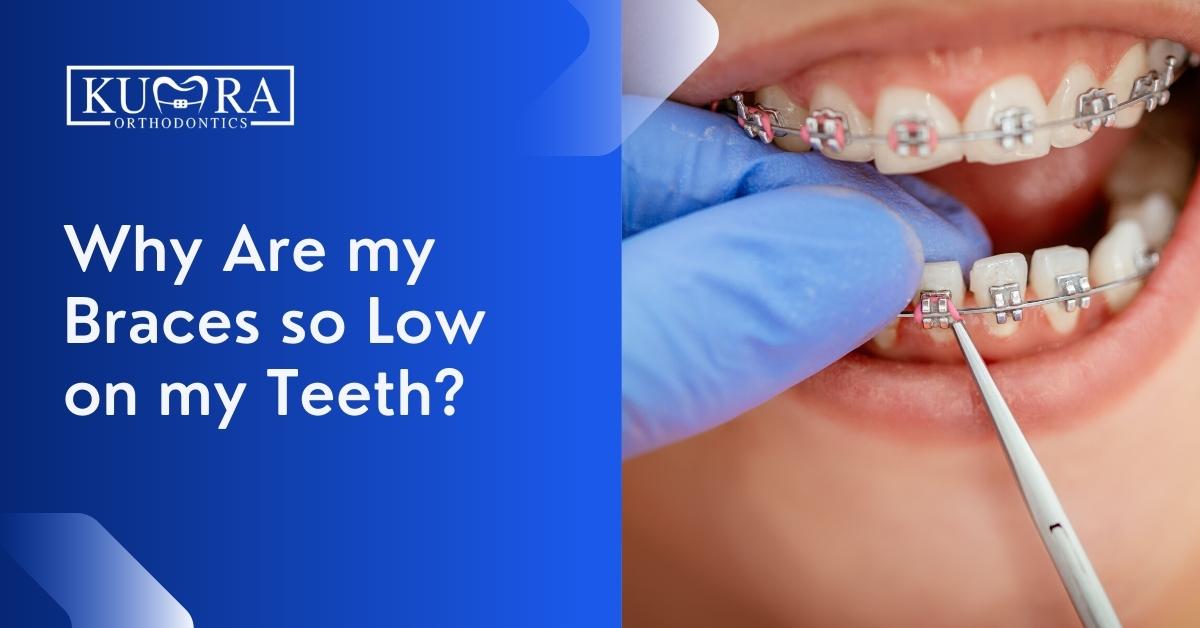Expert Cumming Braces and Aligners: What to Know Before You Go to
Expert Cumming Braces and Aligners: What to Know Before You Go to
Blog Article
Comprehensive Overview to Orthodontics Treatments for Correcting Dental Misalignments
Comprehending the ins and outs of each procedure, including their mechanisms, benefits, and potential drawbacks, is crucial in making educated choices regarding one's orthodontic treatment. As we navigate through the extensive guide to orthodontic procedures for dealing with oral misalignments, the elaborate details of each method will certainly unravel, shedding light on the course towards a unified and practical dental alignment.
Orthodontic Procedures Review

Normal changes and surveillance are crucial parts of orthodontic therapy to make certain progression is on track and to make any necessary modifications along the way. By going through orthodontic procedures, patients can not just accomplish a straighter grin yet also boost their total dental wellness and feature.
Typical Dental Braces: Just How They Work
When thinking about orthodontic therapies for dental misalignments, standard braces stand out as a time-tested approach for fixing teeth placing. Standard braces are composed of brackets, cords, and bands that work with each other to apply continual pressure on the teeth, progressively moving them right into the desired placement. The brackets are connected to the teeth utilizing an unique adhesive, and the wires are threaded via the braces. By adjusting the tension of the cords, orthodontists can regulate the direction and pressure put on each tooth, assisting them into appropriate alignment in time.
As stress is applied to the teeth through the braces, the bone surrounding the teeth is reshaped to sustain the brand-new tooth placements. Clients will need regular adjustments at the orthodontist's office to ensure the braces continue to apply the correct pressure for reliable teeth activity.
Unseen Aligners: Disadvantages and pros
Unseen aligners supply a practical and discreet alternative to traditional dental braces for dealing with oral imbalances. These clear, tailor-made trays are essentially unnoticeable when worn, making them an appealing alternative for people looking for a more aesthetically pleasing orthodontic therapy. One of the primary benefits of undetectable aligners is their removability, permitting simpler maintenance of dental hygiene contrasted to standard braces. Patients can get rid of the aligners prior to eating or cleaning their teeth, decreasing the risk of food obtaining stuck in the appliance and streamlining the cleaning procedure.

Surgical Orthodontic Options
Surgical interventions in orthodontics present practical choices for addressing complex dental misalignments that might not be properly resolved via standard orthodontic therapies. While conventional braces and unnoticeable aligners can deal with several orthodontic concerns, particular instances need surgical intervention to attain optimum results. Surgical orthodontic options are typically suggested for serious malocclusions, substantial jaw inconsistencies, and situations where the underlying bone structure needs modification to attain correct positioning.
One typical surgical orthodontic treatment is orthognathic surgical treatment, which involves rearranging the jaws to fix functional issues such as trouble chewing or talking. This surgical treatment is frequently performed in cooperation with an orthodontist that helps straighten the teeth before and after the treatment. Surgical orthodontics may additionally involve treatments to reveal affected teeth, remove excess gum cells, or reshape the jawbone to develop a much more unified face profile.
Prior to considering medical orthodontic alternatives, clients undertake an extensive analysis to figure out the necessity and possible advantages dental dental of california of such interventions. cumming braces. While surgery might appear difficult, it can considerably enhance both the feature and visual appeals of the smile in situations where standard orthodontic treatments fall short
Retainers and Post-Treatment Treatment

Failing to comply with post-treatment care guidelines can result in regression, where the teeth gradually relocate back in the direction of kids dental clinic their initial settings. Constant retainer wear, good oral health, and routine dental examinations are crucial for keeping the results achieved through orthodontic surgical procedure and making certain the long-lasting stability of the corrected dental placement.
Verdict
To conclude, orthodontic procedures offer numerous options for dealing with oral misalignments. Traditional dental braces utilize metal braces and cables to shift teeth right into proper alignment. Invisible aligners give a more discreet option but might not be appropriate for all cases. Surgical orthodontic see this choices are available for a lot more severe imbalances. Retainers are frequently used post-treatment to keep the new placement. In general, orthodontic procedures can successfully improve oral health and aesthetic look.
As we navigate via the comprehensive overview to orthodontic treatments for dealing with dental misalignments, the detailed details of each method will certainly unravel, shedding light on the path toward a functional and unified oral placement. - cumming orthodontics
One of the most usual orthodontic treatments is the use of braces, which are composed of steel braces and wires that apply gentle pressure to slowly move teeth right into the wanted placement.When considering orthodontic treatments for dental misalignments, conventional braces stand out as a tried and true approach for dealing with teeth placing. Additionally, unnoticeable aligners may not be appropriate for complicated orthodontic problems that need even more considerable teeth activity, as they are commonly recommended for mild to moderate cases. Retainers are custom-made orthodontic devices designed to hold teeth in their corrected positions after the conclusion of orthodontic therapy.
Report this page